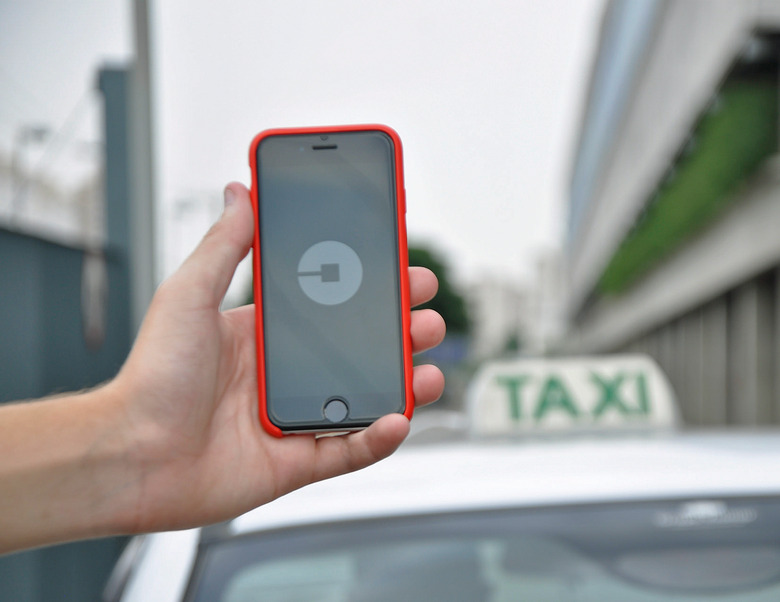MIT: 3,000 Uber And Lyft Cars Could Completely Replace All New York City Taxis
A new study from the MIT found that a fleet of 3,000 four-passenger ride-sharing cars from services like Uber and Lyft could virtually displace the entire fleet of regular taxi cabs in New York City.
By transporting more than one passenger at a time, the 3,000 cars could serve 98% of taxi demand in New York, with an average wait time of just 2.7 minutes.
Moreover, 95% of taxi demand in the city would be covered by 2,000 ten-person vehicles, compared to the fleet of 14,000 taxis that operate in New York City.
"Instead of transporting people one at a time, drivers could transport two to four people at once, results in fewer trips, in less time, to make the same amount of money," MIT's Computer Science and Artificial Intelligence Laboratory (CSAIL) Daniela Rus said. "A system like this could allow drivers to work shorter shifts, while also creating less traffic, cleaner air and shorter, less stressful commutes."
"To our knowledge, this is the first time that scientists have been able to experimentally quantify the trade-off between fleet size, capacity, waiting time, travel delay, and operational costs for a range of vehicles, from taxis to vans and shuttles," Rus added. "What's more, the system is particularly suited to autonomous cars, since it can continuously reroute vehicles based on real-time requests."
MIT's study notes that the annual cost of congestion is at $160 billion, according to studies, which includes 7 billion hours of time lost to sitting in traffic, and 3 billion of fuel burned.
The MIT study is based on data from 3 million taxi rides, and the algorithm factors real-time to reroute cars based on incoming requests. Furthermore, idle cars would be sent out to areas with high demand, a step that would speed up the service by 20%.
The new system builds on what's currently available on the market, allowing the algorithm to adapt in real-time to incoming requests from passengers. The program can analyze a range of different vehicles to determine whether a 10-person van would be more appropriate for certain routes.
"A key challenge was to develop a real-time solution that considers the thousands of vehicles and requests at once," says Rus. "We can do this in our method because that first step enables us to understand and abstract the road network at a fine level of detail."
More details about MIT's ride-sharing study are available at this link.
